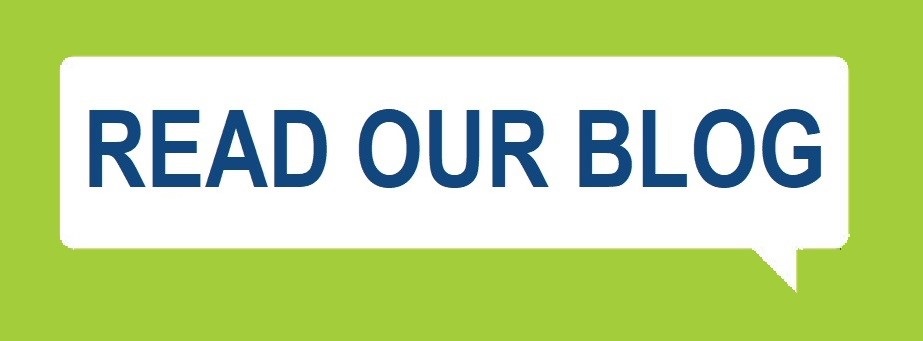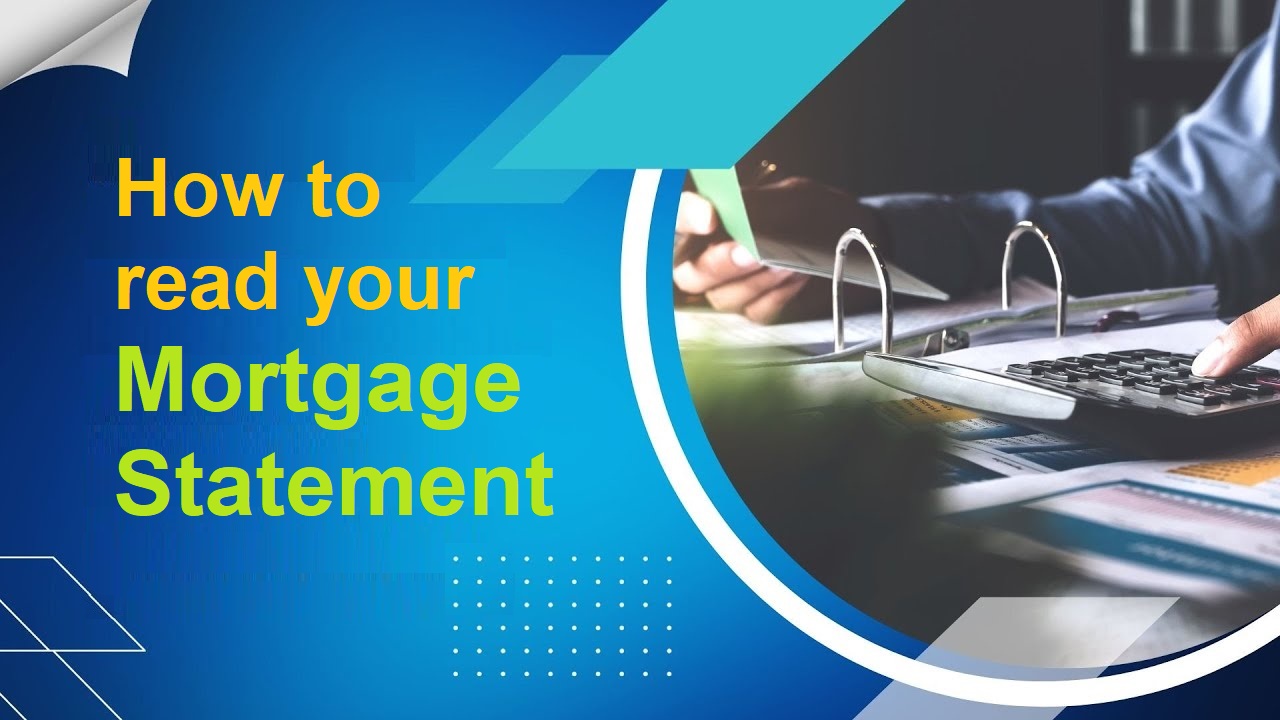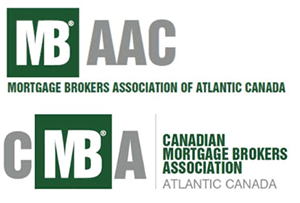
How to Read Your Mortgage Statement
April 11, 2024 | Posted by: Keith Leighton

How to Read Your Mortgage Statement
Reading your mortgage statement is essential for understanding the details of your mortgage, including the outstanding balance, interest rates, and payments made. Here's a general guide on how to interpret a typical mortgage statement:
- Header Information: This section usually contains your name, address, mortgage account number, and the statement date. Make sure all the information is correct.
- Loan Summary: This part provides an overview of your mortgage. It includes details such as the original loan amount, interest rate, term (e.g., 30 years), and the type of loan (e.g., fixed-rate or adjustable-rate).
- Payment Information: Here, you'll find details about your monthly payments. This includes the total amount due, the amount paid, and any late fees or charges. It may also show the breakdown of your payment into principal and interest.
- Transaction History: This section lists all the transactions related to your mortgage account during the statement period. It includes payments made, any additional principal payments, and any fees or charges.
- Escrow Account Details (if applicable): If you have an escrow account for property taxes and insurance, your statement may include details about the transactions related to this account, such as deposits, withdrawals, and the current balance.
- Interest Calculation: Some statements provide information on how interest is calculated on your mortgage. This may include the daily interest rate, how it's applied to your outstanding balance, and any adjustments.
- Principal Balance: This shows the remaining amount you owe on your mortgage after making your latest payment. It's essential to track this to understand how much you still owe and how much equity you've built up in your home.
- Contact Information: The statement should include contact information for your mortgage lender or servicer. If you have any questions or concerns about your statement, don't hesitate to reach out for clarification.
- Important Notices: Pay attention to any important notices or updates included with your statement. These could include changes to your interest rate, payment due dates, or other terms of your mortgage.
- Additional Information: Depending on your lender, your statement may include additional information or disclosures relevant to your mortgage.
Understanding your mortgage statement can help you stay informed about your loan and manage your finances effectively. Remember, mortgage statements may vary slightly between lenders, so it's crucial to familiarize yourself with the specific format used by your mortgage provider. If you're unsure about any information on your statement, don't hesitate to contact your lender for clarification. Reach out to your DLC Ideal Mortgage expert for more information.
